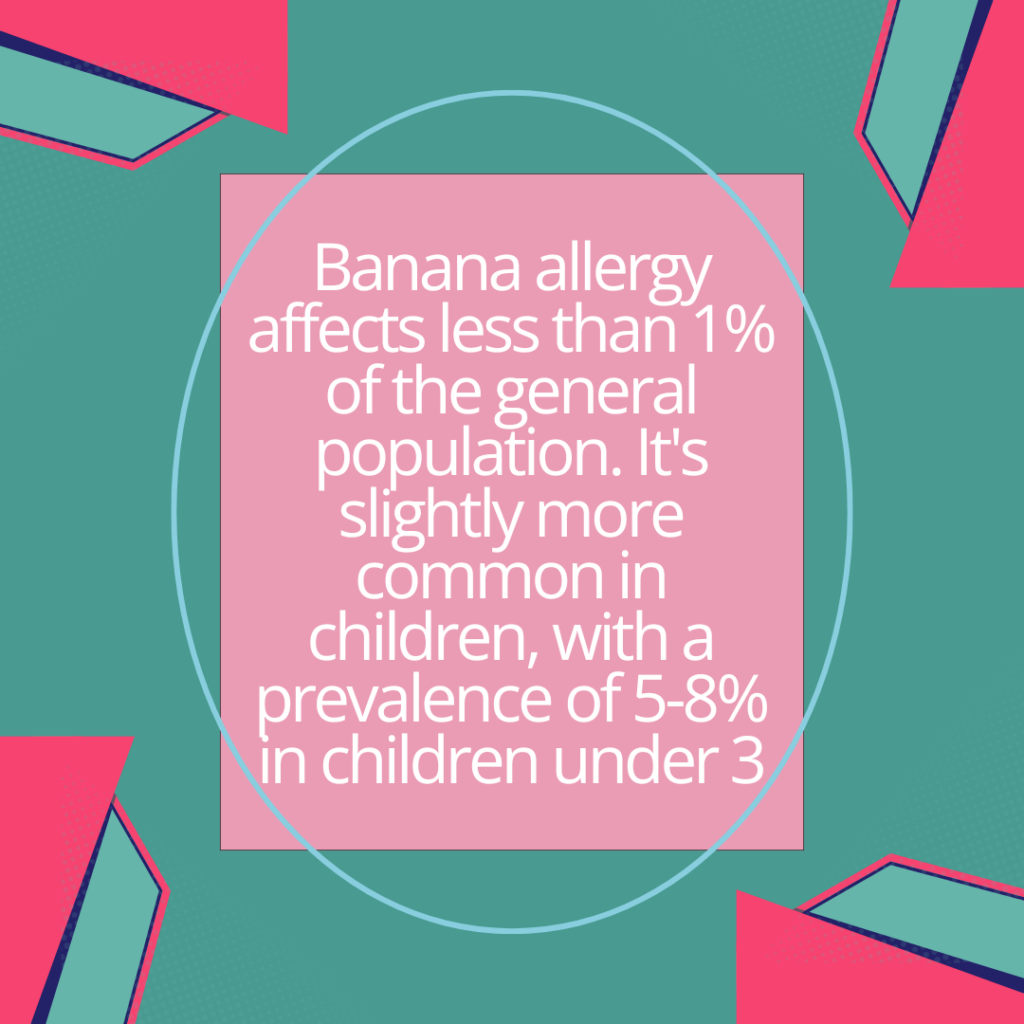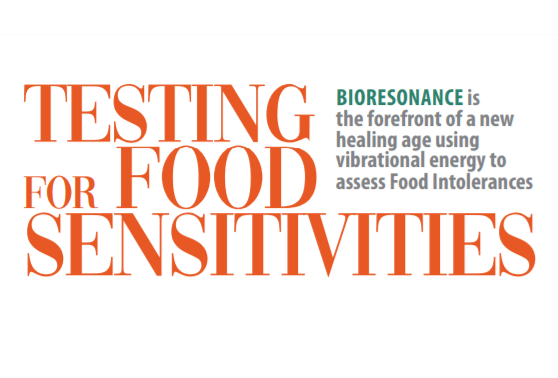Bananas are one of the most popular fruits. Packed with potassium, they’re a go-to morning or post-workout snack. It’s even one of the first solid foods you give to youngsters.
Unfortunately, for some people, eating a banana triggers an allergic reaction. This is in response to certain proteins found in bananas. The allergy is associated with allergies to other foods or with an allergy to latex (latex food syndrome).
Banana allergy affects less than 1% of the general population. It’s slightly more common in children, with a prevalence of 5-8% in children under 3. Usually, children outgrow the allergy with age.
Symptoms of Banana Allergy
Like any allergic reaction, it occurs within seconds or minutes of exposure to the banana. Allergic reactions occur because the immune system wrongly flags the trigger as a harmful invader, launching a full response. Histamine is released into the bloodstream, causing the most common symptoms.
The severity of banana allergy symptoms can vary from person to person. Look for:
- Itchy or tingling mouth and throat
- Swelling of lips, tongue, or throat
- Hives or skin rash
- Stomach cramps, nausea, or vomiting
- Runny nose or sneezing
- Watery or itchy eyes
- Diarrhoea
- Coughing or throat irritation
- Mild headache
In severe cases, a banana allergy can cause anaphylaxis. This is a medical emergency, which, if left untreated, can lead to death. You should seek immediate medical attention if you identify any of these symptoms:
- Difficulty breathing or wheezing
- Swelling of the face, throat, or airway
- Rapid or weak pulse
- Drop in blood pressure
- Dizziness or fainting
- Loss of consciousness
- Chest tightness or pain
- Severe abdominal pain or vomiting
- Blue lips or skin (cyanosis)
- Confusion or disorientation
Symptoms of anaphylaxis usually appear within 5-30 minutes after contact with the allergen. If available, inject the person with an EpiPen (epinephrine auto-injector) and call 911.

Risk Factors of Banana Allergy
All allergic reactions begin with the immune system. However, that doesn’t mean all allergies are the same – or that all banana allergies are the same. Several factors increase the risk of developing an allergy, including:
Family History
If a close member of your family has an allergic reaction (including eczema and asthma), you are at greater risk of developing an allergy. That doesn’t mean you’ll necessarily develop the same food allergies, however.
This is because allergies have a genetic component related to the immune system. Certain genes make your immune system a little more “trigger happy,” reacting to allergens where no response is required.
Atopic Conditions
Conditions such as allergic rhinitis (hay fever), eczema, and asthma are closely linked to food allergies. Again, this is a certain thing – you’re just at a higher likelihood.
Latex Allergy
People with banana allergy are likely to have a related food allergy. Latex is a naturally occurring protein found in rubber trees – we use it to make gloves and balloons. However, a similar protein is also found in bananas.
Other foods to watch out for include avocadoes, kiwis, and chestnuts. People who react to these foods have “latex-food syndrome.”
Diagnosing Banana Allergy
You might think it’s easy to diagnose a banana allergy. After all, if you’ve had an allergy reaction after eating a banana, it’s not hard to connect the dots.
However, what if you ate a banana sundae or some other food containing a mixture of ingredients? Are you going to risk an allergic reaction to test your theory? Or maybe you’re allergic to kiwis and want to see if you’re also allergic to bananas?
Don’t risk another allergic reaction – the simple solution is an IgE antibody blood test. Our Allergy Test identifies IgE antibodies for 38 different allergens. Just send us a small pinprick blood sample using the test kit.
The alternative option is a skin prick test. This involves pricking the skin with a small amount of the allergen. After 30 minutes, if a reaction has occurred, it confirms the allergy. However, a lot of people find the test uncomfortable.
Treatment for Banana Allergy
The only preventative treatment is to avoid bananas from now on – including banana-containing foods. Common foods and non-food items to eliminate include:
- Avoid bananas and banana-flavoured products (food, medication, lip balm).
- Check ingredients in smoothies and raw desserts (bananas are often used).
- Avoid cross-reactive foods: avocados, chestnuts, kiwi, apples, carrots, celery, papaya, potatoes, tomatoes, melons.
- Avoid latex-based items if sensitive to bananas and latex: balloons, fitness gear, gloves, condoms, and dental dams.
- Avoid latex-containing toys and pacifiers.
What happens if you accidentally become exposed to bananas? Over-the-counter antihistamines counteract the immediate allergy symptoms, including itchiness, swelling, hives, and runny eyes and nose. If the reaction is more severe, your doctor may advise carrying an EpiPen with you at all times. It can prevent death.
Take an Allergy Test Today
If you’re suffering from sneezing, itching, or digestive issues, it’s time to find the cause. Our at-home test makes it easy—just order, collect your sample, and get results quickly.
Understand your body’s reactions and make informed decisions. With detailed insights, you can adjust your lifestyle and reduce discomfort. Start feeling better and improve your well-being today.
Order your Allergy Test now and discover the answers you’ve been looking for!


